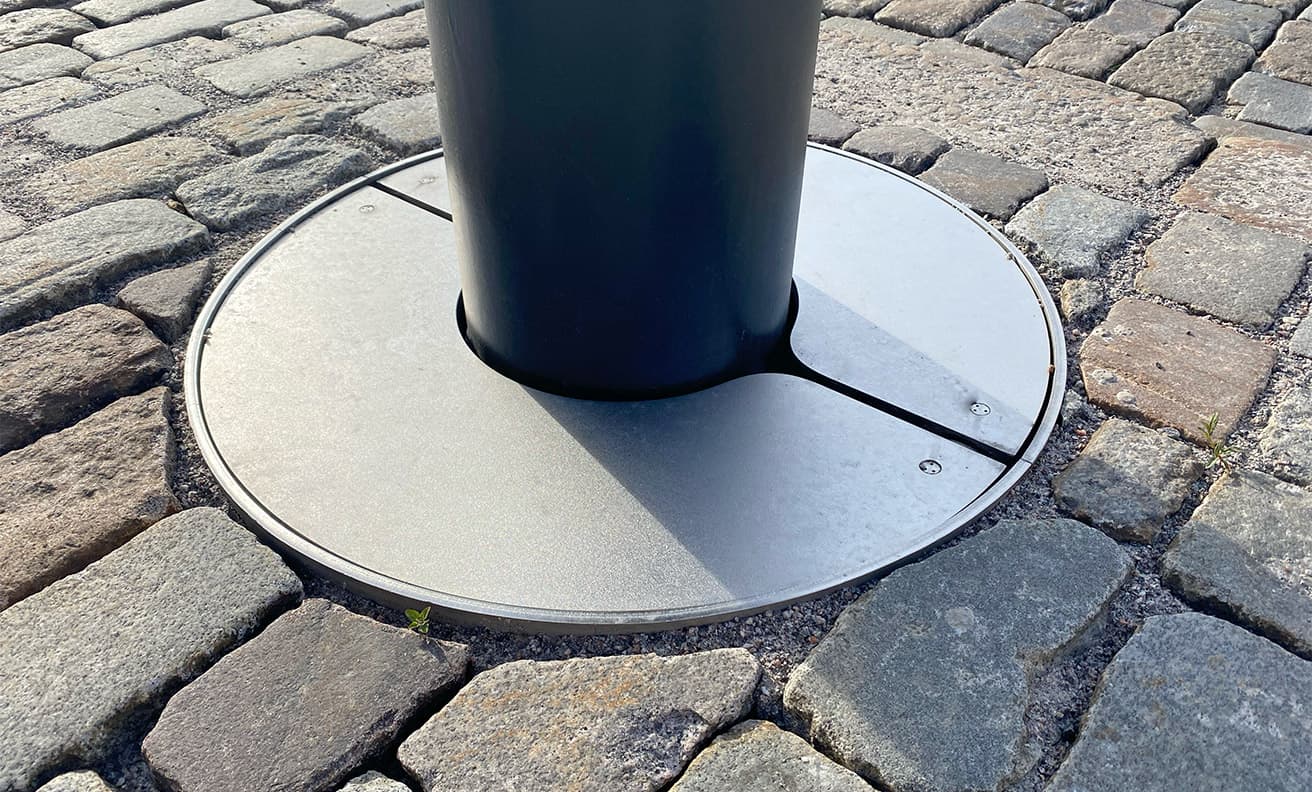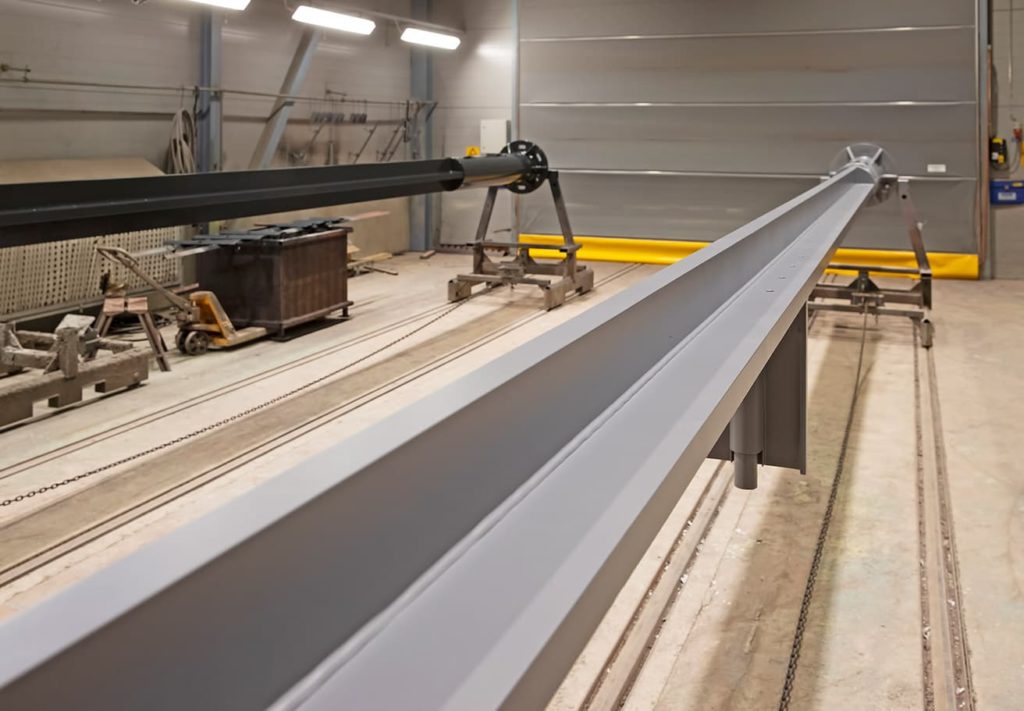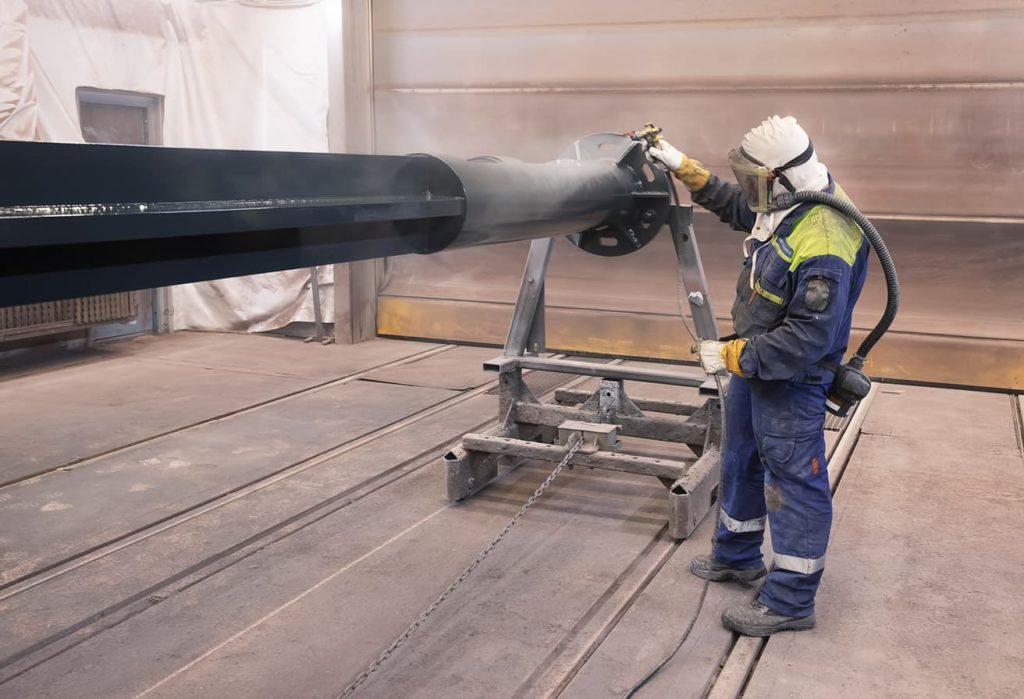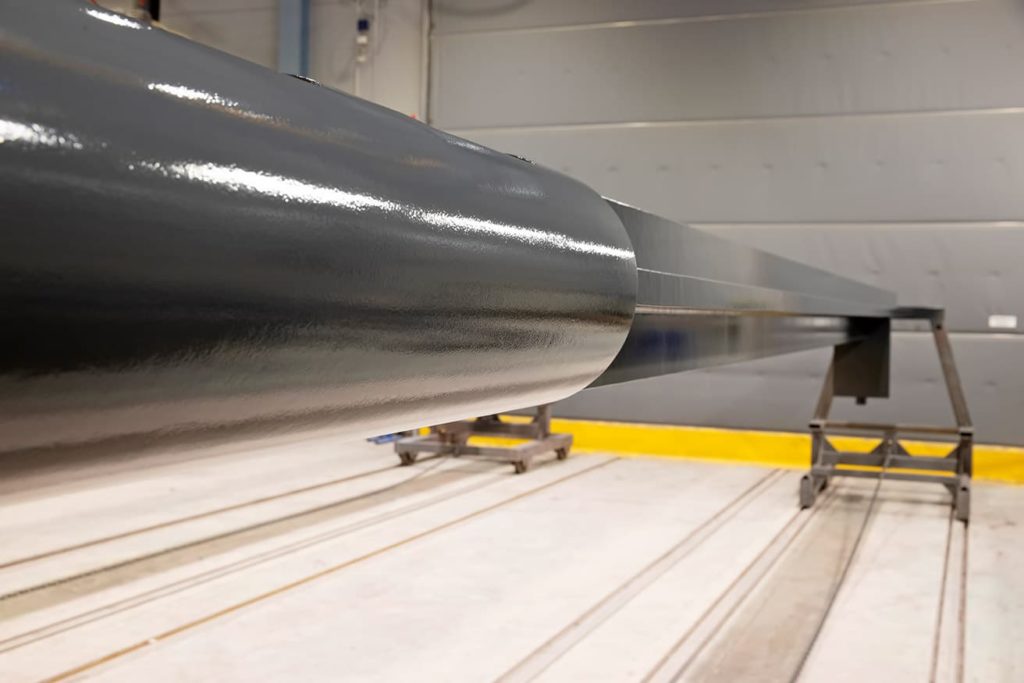Cases
Redesigning Senate Square’s lighting
Published 20.06.22Light serves the bigger picture
VALOA Design, a design agency specialising in architectural lighting, created a new lighting plan for Helsinki’s Senate Square in 2015. The agency’s CEO, Roope Siiroinen, defined the goals for the overall atmosphere:
“The new lighting aimed to highlight the monumental buildings in a dignified manner without the light itself taking on its own role. Its only job was to subtly emphasise the architectural forms and turn the square and its buildings into a harmonious whole.”
Lighting designer leads the project
Surprisingly, the biggest challenge for the lighting designers was not the design of the lighting itself. Siiroinen says that the most challenging part of the project was getting all of the stakeholders to understand and approve a set of common goals. In the Senate Square project, there were about two dozen negotiating partners who had to be coordinated and kept abreast of progress.
“A designer must always remember those parties whose primary concerns may not necessarily involve lighting.”
Without bowing to tradition
Senate Square is undoubtedly one of Finland’s most distinguished urban spaces. As a popular tourist destination, its appearance affects Finland’s image as a whole.
Senate Square was created in the early 1800s by city planner Johan Albrecht Ehrenström and architect Carl Ludvig Engel. The square is bordered by three major institutions: the University of Helsinki’s main building, Helsinki Cathedral, and the Government Palace.
Except for lanterns hanging on the walls of a few buildings, the square was practically unlit when they were first completed. The advent of electric lighting also brought the first light poles to the square. These light poles have been renewed every 20 to 30 years, and have always been products of their times. In other words, there is no specific way in which the square must be lit, which is why the new light poles did not follow in the footsteps of any particular tradition.
Waving goodbye to the 1980s poles
The poles bordering the square were designed by Antero Markelin in the 1980s, and they had become both technically and visually obsolete. Markelin’s poles were characterised by large arched brackets from which hung domed luminaires. Almost from the very beginning, these 14-metre poles were considered too high for the square. The arches of the brackets should have been smaller, but the technology required to achieve this was not yet available when they were manufactured. The necessary technique was developed only a few years after the poles were made.
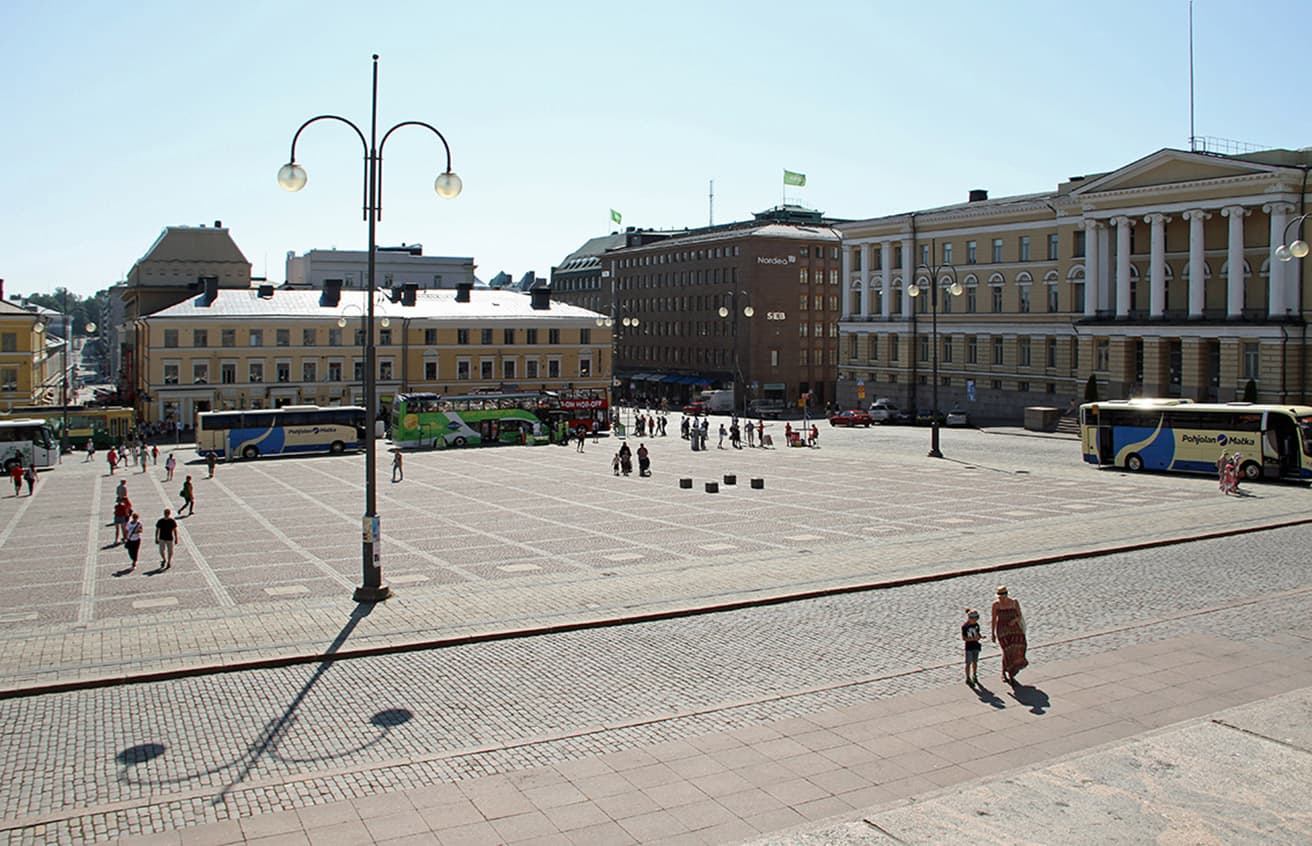
Many challenging requirements for the new poles
The light poles in Senate Square play many roles. The same poles have been used to hang the lower cables required for the tramway, and in addition to lighting the square itself, they illuminate the façades of the surrounding buildings.
The very strict tolerances set for light pole vibration placed great demands on the technical structure of the poles. These small tolerances stem from the installation of projector-like façade lights on the poles facing the historical blocks around the square. In order to minimise interior glare, a masking technique has been used to prevent light from entering the windows of the buildings. The poles must therefore remain firmly in place, so that the luminaires don’t swing and dazzle the occupants of nearby buildings.
The poles must also be as slender as possible, and visually blend into their surroundings so as not to draw too much attention to themselves.
The square hosts a variety of events, such as concerts and church functions, and the poles must sometimes be removed to accommodate them. Enabling the temporary removal of the poles posed challenges with regard to their foundation method and structures. As traditional stone pitching was out of the question, steel plates mounted with special screws were used to surround the base cylinder. And when these plates eventually get worn, they can be reversed.
The pole design process
The new light poles were designed by a Futudesign team led by Iikka Airas. The team boldly set out to challenge the brief, which defined both the luminaire models and pole heights to be used. In retrospect, Airas is happy to say that this made the plan more balanced.
The poles were in danger of becoming too massive, as they were serving several purposes at once and were chock-full of technology. Which is why the design team decided to abandon the traditional round profile and develop a cross profile instead. Although the goal was to create inconspicuous poles that don’t play a major role in their environment, a lot of time was spent on getting their form just right. Iikka Airas explains the basic premises for the design:
“The cross is a shape that is naturally linked to Senate Square. A strong grid is visible within the square, and the alignment of the square and its buildings is reflected in the profile of the poles. The Greek cross, which is also the floorplan of the cathedral, is likewise repeated in the poles. When you create a fully customised package, even the smallest details help to build a unique sense of place.”
Fortunately, the luminaire manufacturer designated in the brief was able to provide a parallel model that was better suited to the dimensions of the slender cross profile. The result is a harmonious lamp in which the pole’s profile smoothly continues the form of the luminaire, and obscures the façade luminaires and projectors when viewed from the square.
LED technology has taken major steps forward during the course of the project. The projectors and LED luminaries have therefore evolved into even more slender and efficient models along the way.
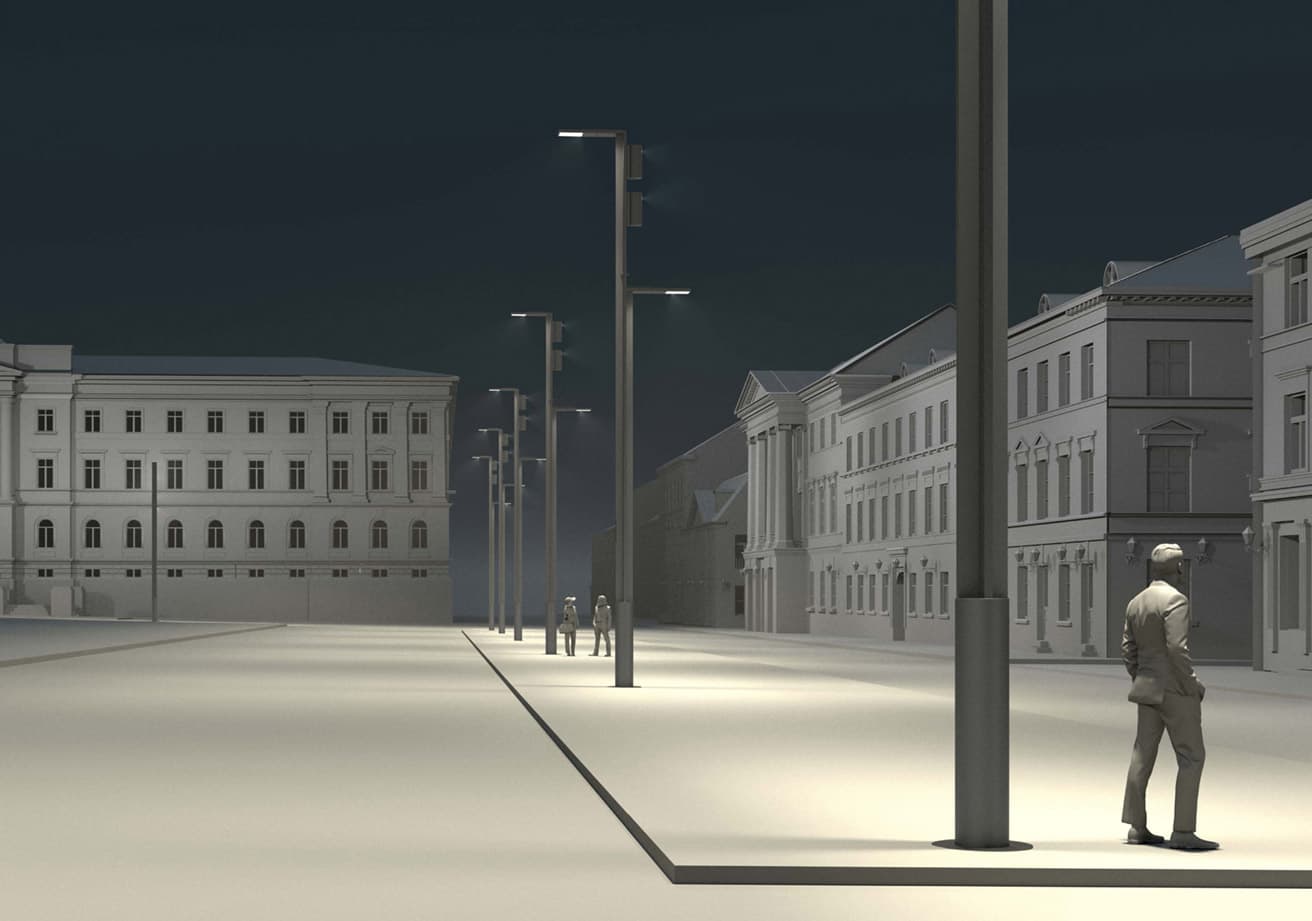
Prototypes and test pieces
Tehomet has been involved in the Senate Square lighting process from the outset, both as a consultant and in solving technical issues. Tehomet’s commitment to honing the details received special praise from the City of Helsinki’s representatives. Several things have been further developed along the way, such as methods of adjusting the pole’s access hatches and the best way of locking them.
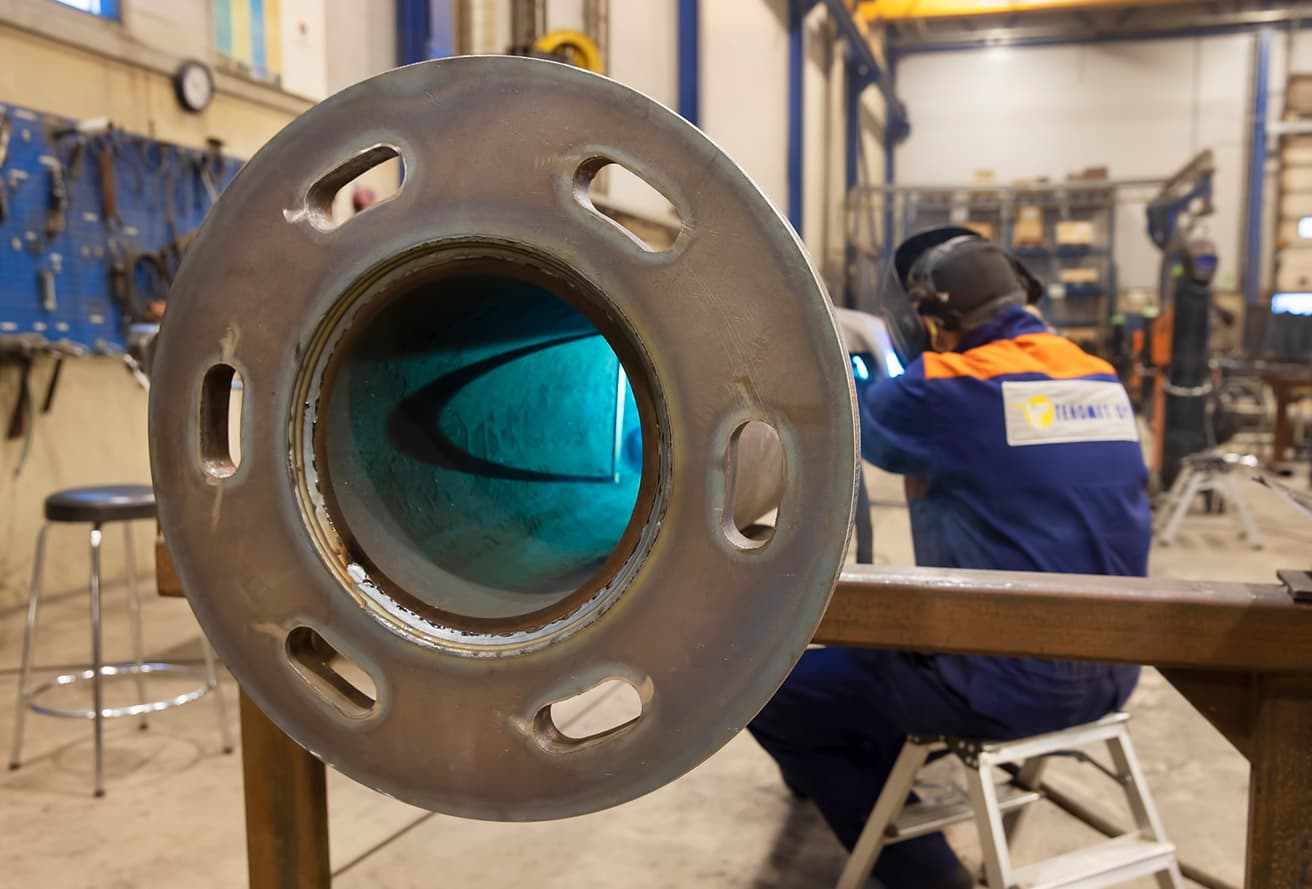
An aesthetically and structurally suitable solution was sought for the pole’s demanding cross-shaped structure. Tehomet created and tested several different versions, and a full-size prototype was used to confirm the functionality of the overall solution.
The light poles and lighting were also tested virtually. They used a revised 3D model of Senate Square, as well as a VR model that enabled them to observe the poles in their surroundings as if they were actually there.
The pole designer, Iikka Airas, praises Tehomet’s tenacity and desire to develop throughout the long process. Welded seams, paintwork, the cross-shaped structure and numerous tiny details were collaboratively honed with the aid of many test pieces.
The correct hue for the poles was sought by painting test pieces. These tests helped to determine the hue and gloss that would best suit both the palette used by the City and the chosen luminaires. Due to the extremely high standards set for the surface quality of the poles, a durable anticorrosion method was developed to replace hot galvanisation and the wavy surface it produces. This ensured both a long lifespan for the poles and the desired surface finish.
There is no extra space whatsoever in the pole’s base cylinder, as it is chock-full of lighting controls, electrical sockets for events, and telecommunication base stations. Luckily, the wiring for the new poles could be done in Tehomet’s heated premises in Kangasniemi before being installed in February.
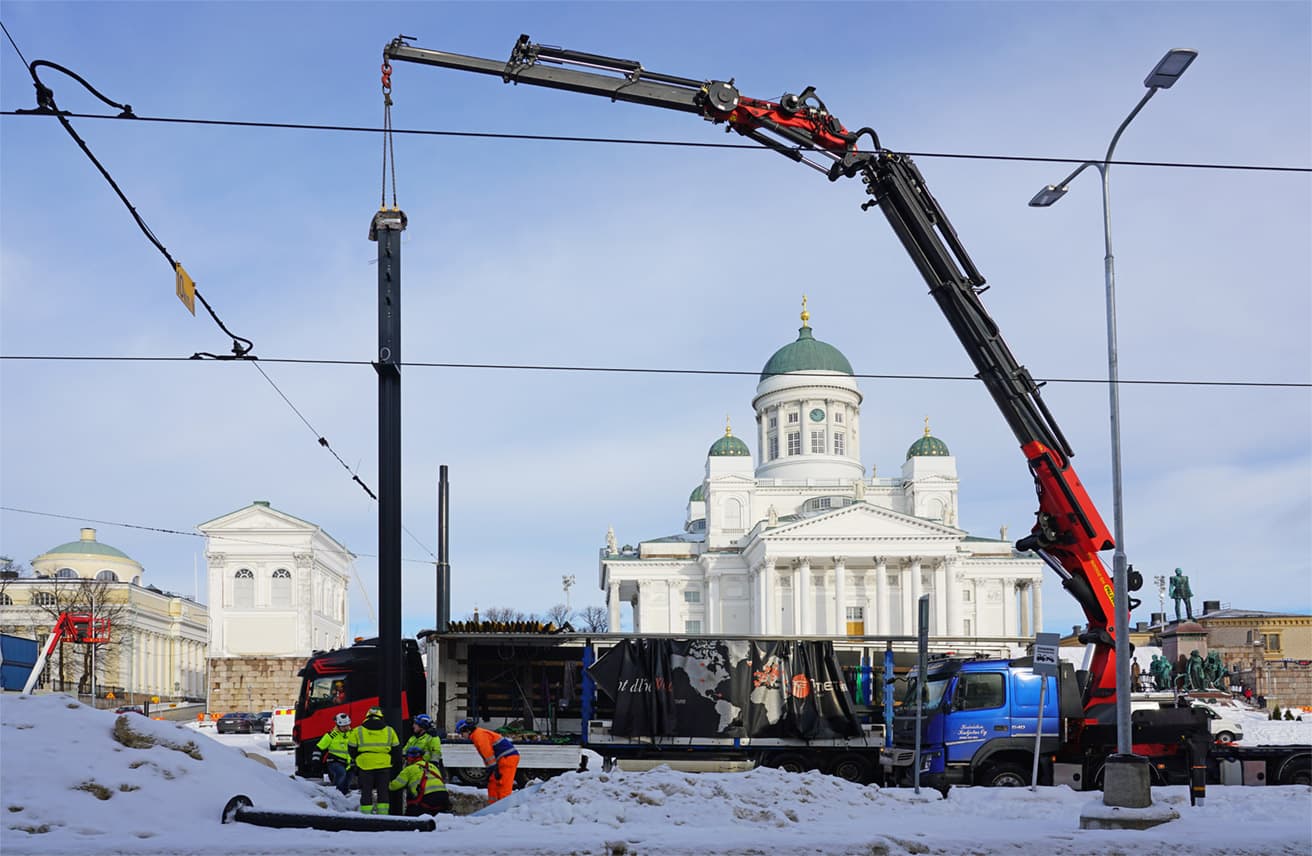
Taking Senate Square’s lighting to a whole new level
The new light poles are sleek and well-proportioned. Although the poles are extremely robust, the use of a cross-shaped structure and vertical lines has made them visually lightweight. Their understated and contemporary design allows Senate Square’s grand architecture to take pride of place.
The buildings drawn by Engel are finally getting the imposing lighting they deserve. Floodlighting technology ensures that cross directional lights are always used for the Government Palace and university building, which highlights the architectural forms and hierarchy of the pillars and pilasters. The cleaner-lined buildings in the historical block are illuminated using a more direct light.
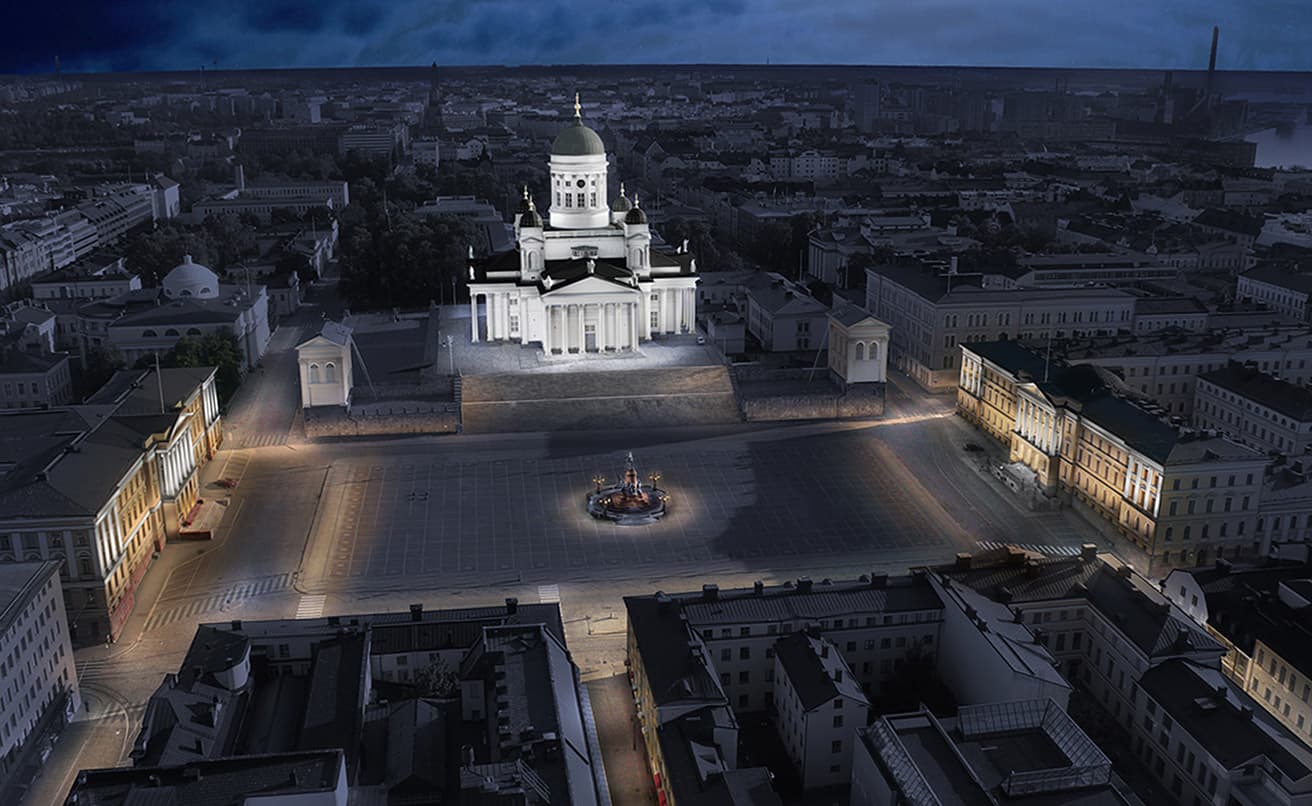
Two different lighting modes have been created for the square: everyday and the slightly more dramatic celebration. However, don’t expect any wow-effects or Christmas lights.
Roope Siiroinen, who led the design team, spends a few moments considering how to describe the new lighting. He hopes that people will sense the wonderful nighttime atmosphere without immediately understanding how it has been created.
Roope finally sums up his opinion on Senate Square’s new lighting: subtle light architecture for a historic square.


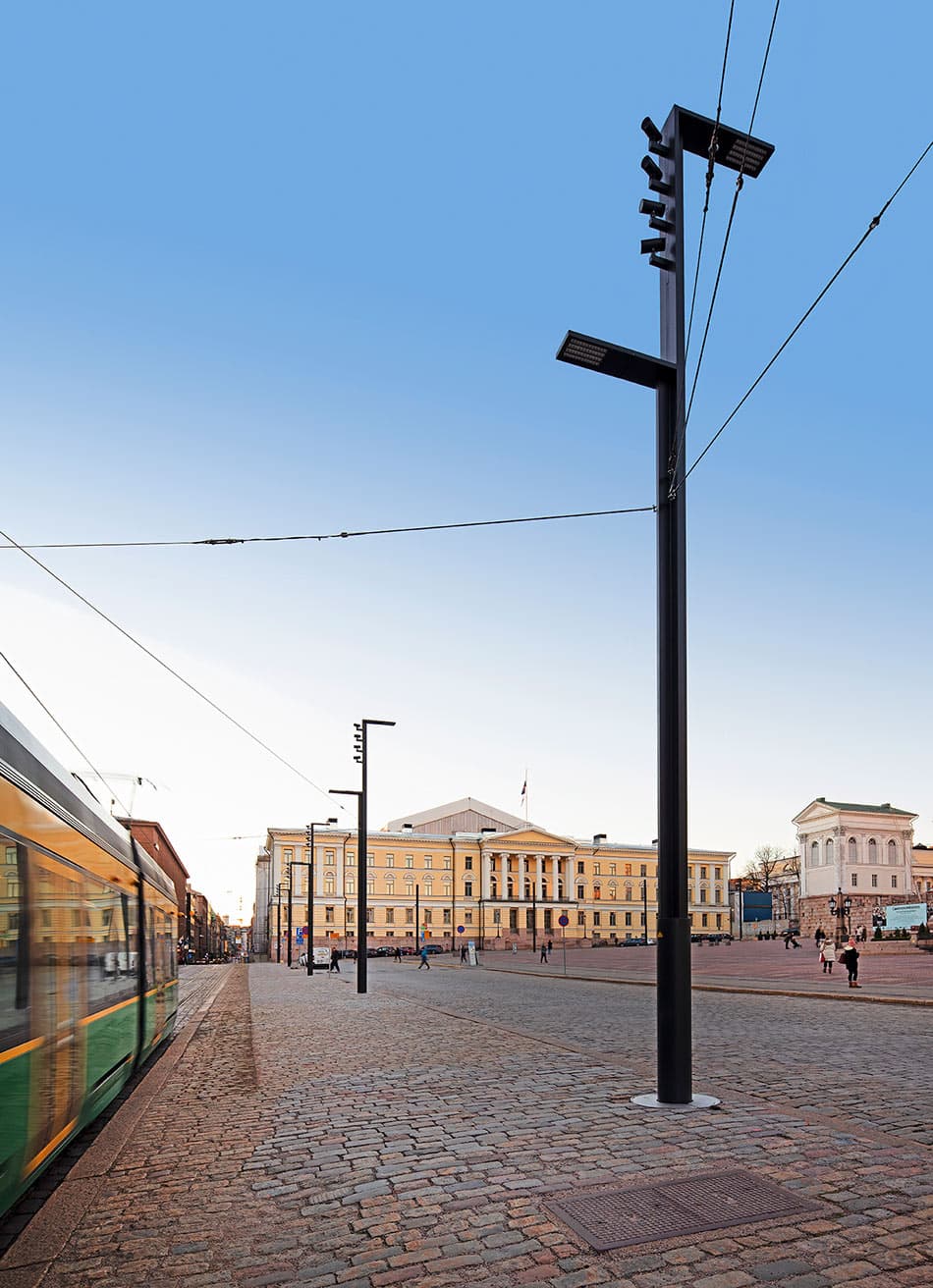
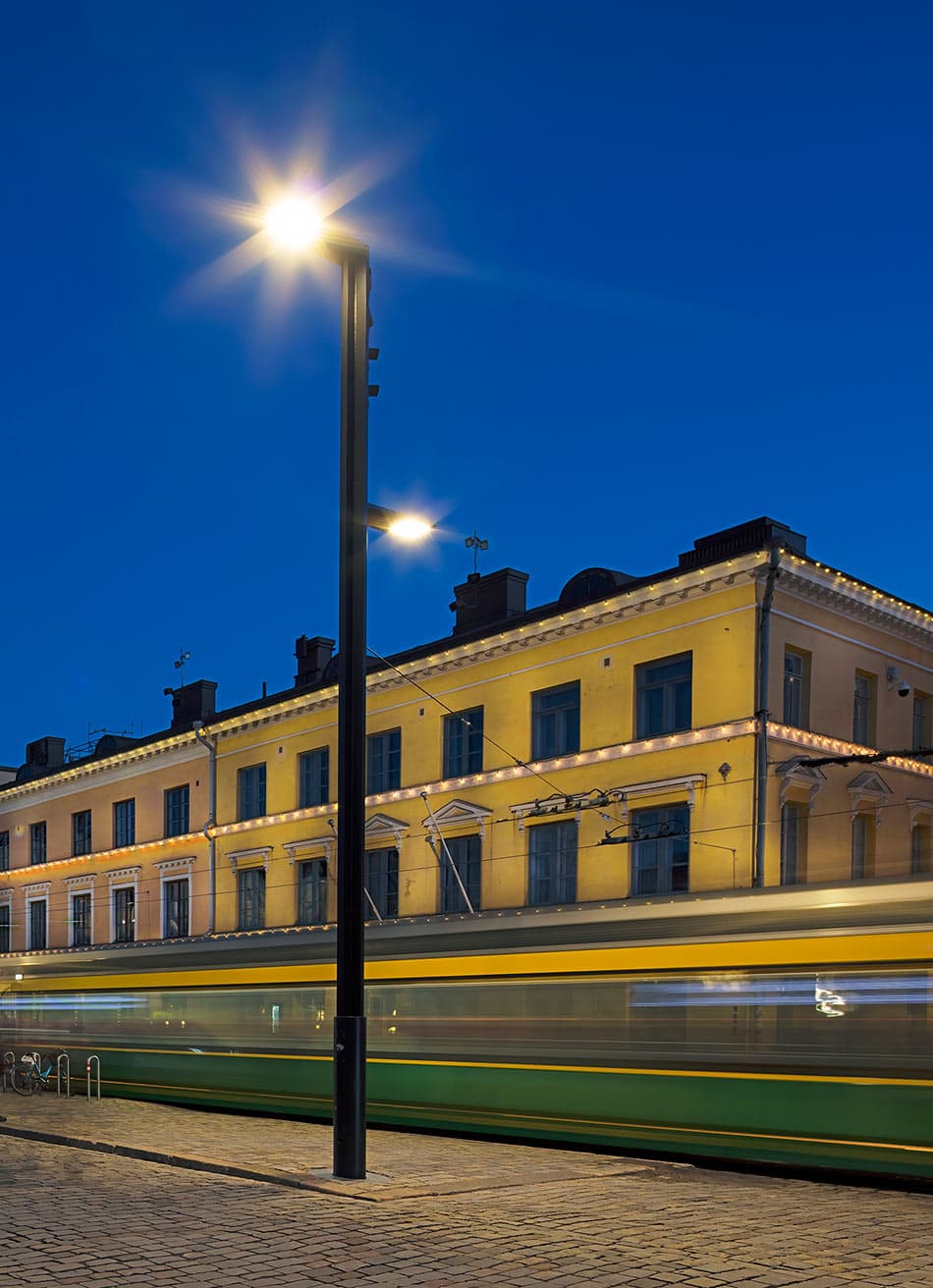
The following professionals involved in the project were interviewed for this article:
Christian Hovilainen, Developer, City of Helsinki
Ari Turunen, Project Director, City of Helsinki
Olli Markkanen, Head of the Urban Environment Division, City of Helsinki
Iikka Airas, Designer and Partner, Futudesign Oy
Roope Siiroinen, CEO, VALOA Design Oy
Tomi Pasanen, Operations Director, Tehomet Oy
You can take a virtual tour of Senate Square using this 3D model: http://presentation.fi/senaatintori
Share this article
Location: Helsinki, Finland
Construction year: 2022
Used in: Area Lighting
Designer: VALOA Design Oy
Photographer: Matti Aalto
